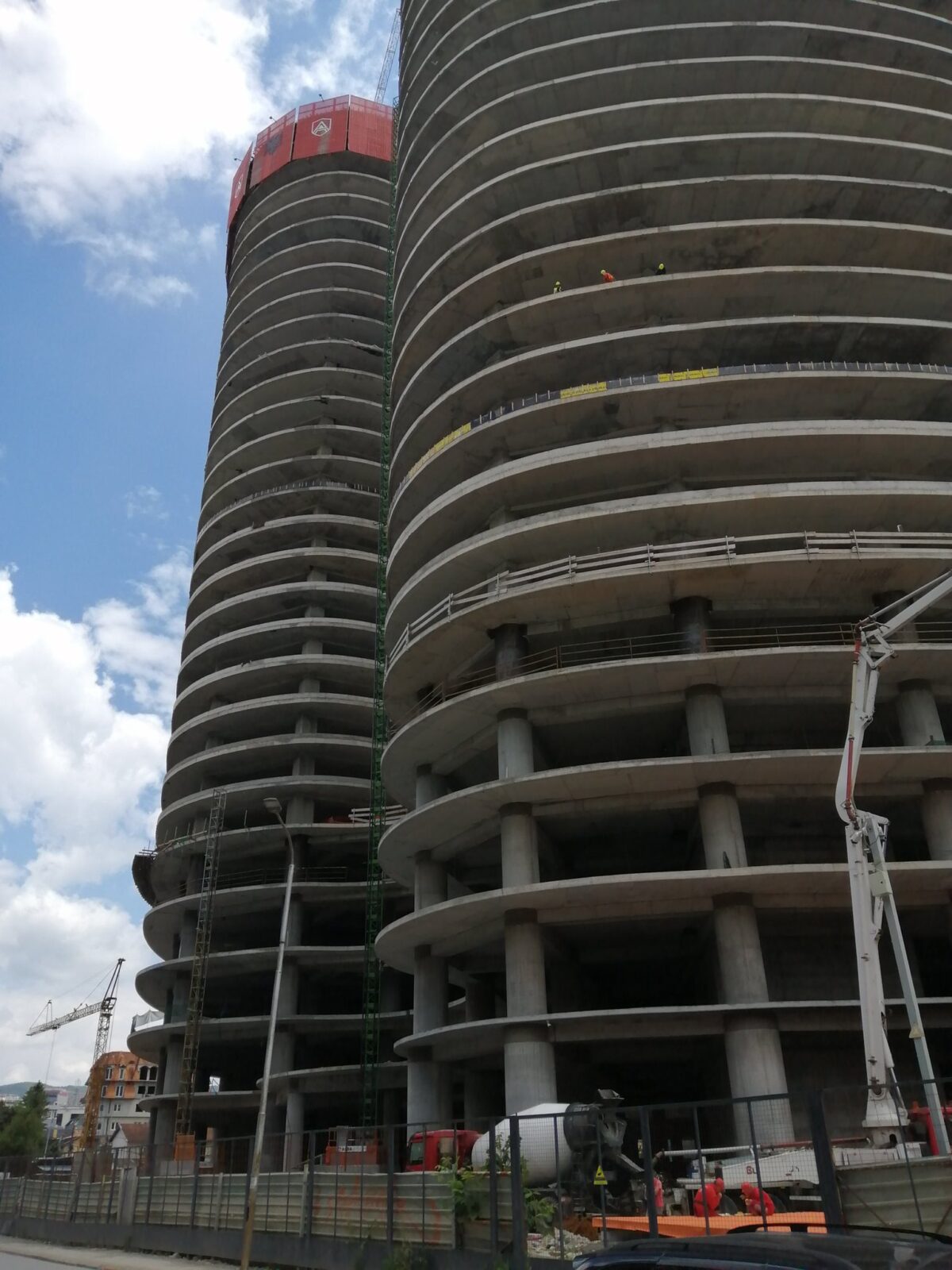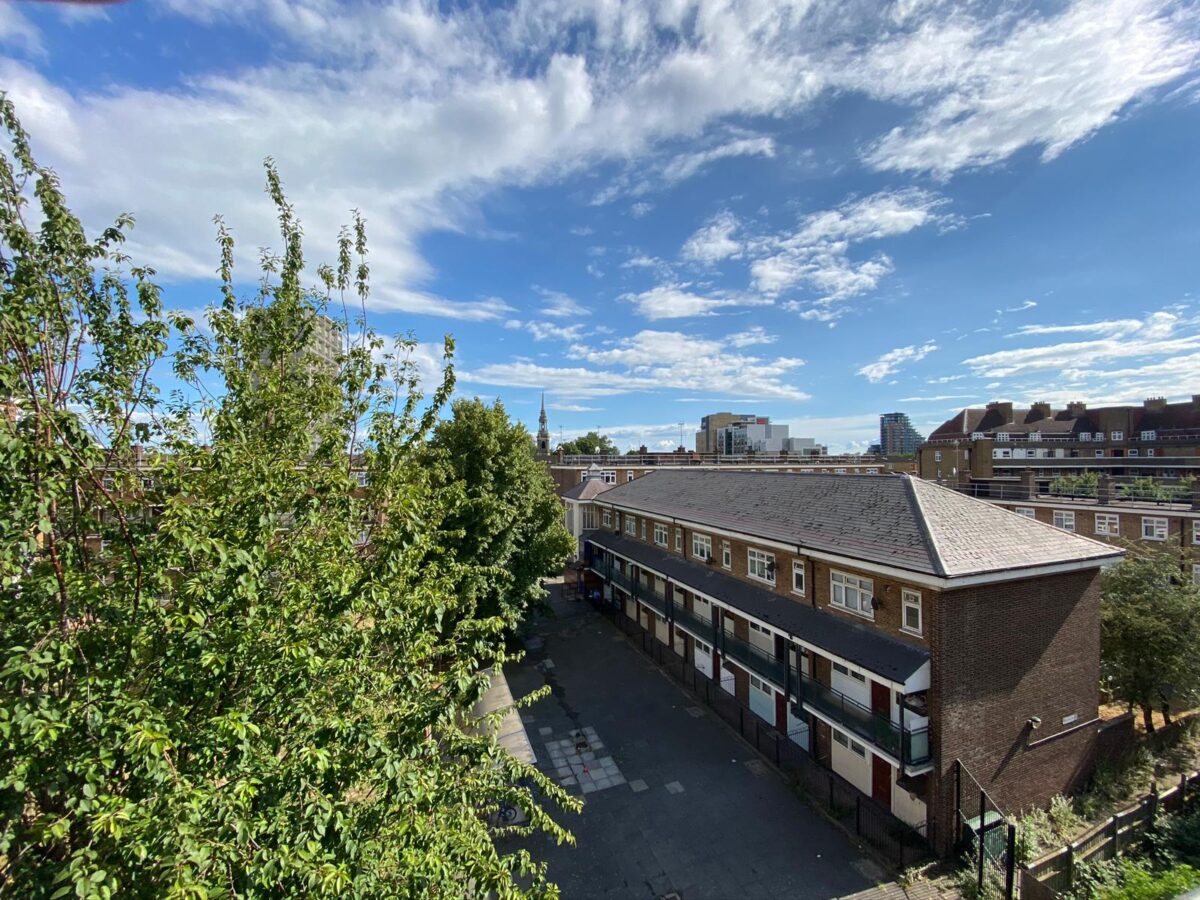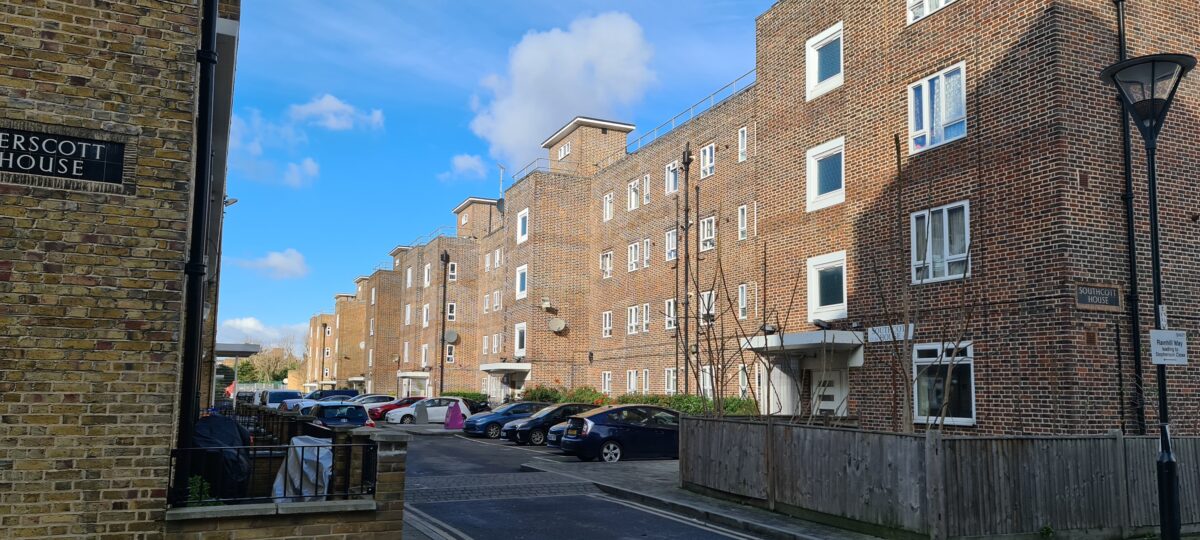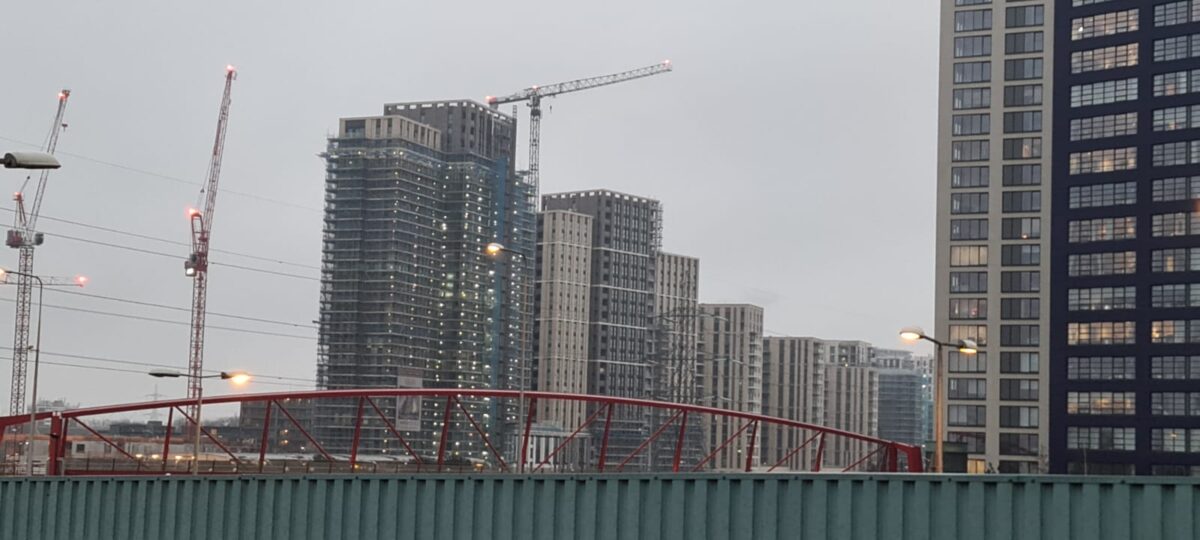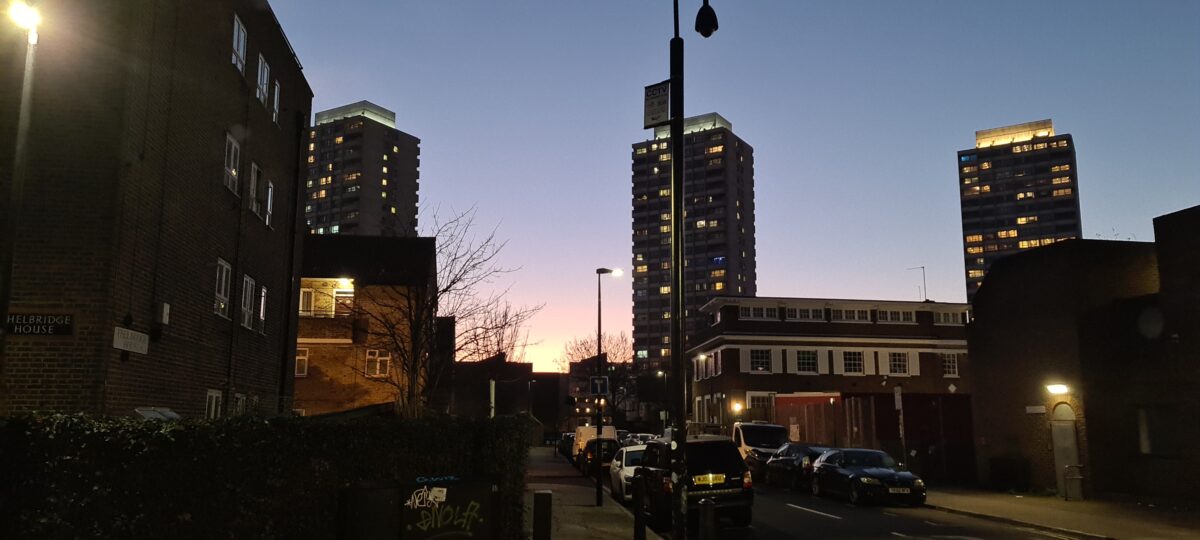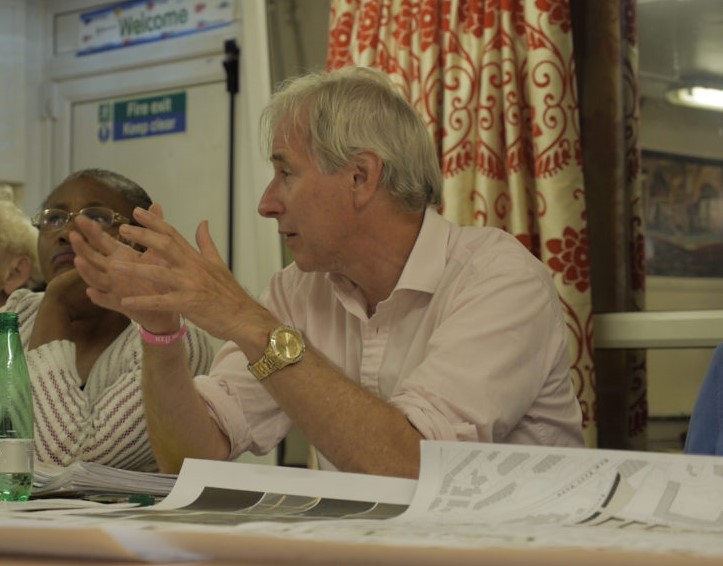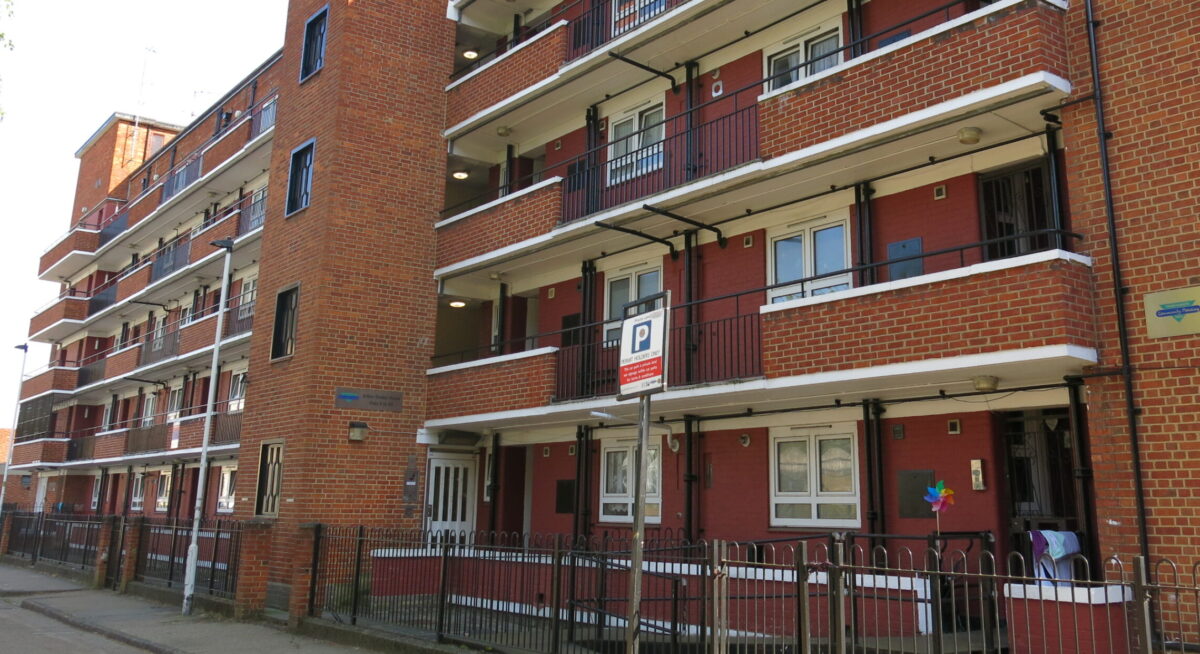England’s housing system has failed. We need to press the reset button on housing – let’s start with planning.
Rampant house price inflation. Hundreds of thousands of people trapped in unsafe buildings. Tens of thousands of families made homeless during a global pandemic. Our housing system is broken.
You would think given the state of things, that fundamental reform of housing would be top of the political agenda and an obvious vote winner. Yet this isn’t the case and we’ve seen no substantive policy action in decades, with the supply of new homes per year now well below the housebuilding highs of the 1960s and 1970s. Despite being badly needed, the popularity of the ‘not in my backyard’ mantra has made housing reform politically untenable, with devastating consequences.
This problem is most obvious at the local level. While many voters are often sympathetic to the problems of housing affordability and homelessness, they too often oppose the construction of new homes, including affordable homes. Building more homes would help tackle such problems by directly increasing the supply of affordable homes and expanding the number of housing options available to people more generally.
England’s housing crisis is a product of multiple local housing crises. In many of the areas where opposition to new homes is strongest, affordability problems are often the worst. Of course, the ramifications of this crisis are not felt equally. It is often the younger and less well-off residents who are eventually priced out of their own communities.
Building more and better homes is not a panacea. But we must acknowledge it is part of the solution. As Geoff Meen, one of the UK’s foremost housing experts has pointed out, it’s ‘perfectly possible for there to be both an absolute shortage of homes and a distribution problem’. In essence, we are not building enough homes in England, and we do not have the right policies to create more sustainable credit conditions or ensure fair access to housing for people on all incomes.
Once we acknowledge that building more homes is part of the solution, then the next question we must answer is ‘how do we build more’? Part of the answer lies in the way we deliver homes through England’s planning system. While the government’s proposed reforms aren’t flawless, they do present a vision. Significant questions about what these reforms could mean for the delivery of affordable housing persist and they certainly don’t go far enough in tackling high land values.
The answer to these weaknesses is better reforms, not no reforms. We must imagine a better alternative to our current planning system if we are to tackle the root causes of the housing crisis.
To show their credibility on housing issues, political parties must better sell a vision for a planning system that delivers the homes we need and in doing so, stops people from being priced out of their communities. That requires putting aside the short-term gains of winning immediate votes by objecting to local development and instead explaining why we need to build more homes in this country. Making the case for more homes nationally while opposing them in their backyard reduces the credibility of any national message politicians might have on housing.
The widespread opposition to the government’s planning reforms suggest that they were dead on arrival. That is not a reason to abandon attempts to address the housing crisis. At the moment, our planning system reinforces England’s broken housing market because land that obtains planning permission increases exponentially in value. This makes it increasingly difficult to build homes at affordable prices. Despite this, suitable policy solutions such as the introduction of zoning policy find few advocates and instead, the dysfunctional status quo persists.
We need to build a new consensus on housing. It is time to move beyond the short-term gains and quick wins that come from opposing new homes. Instead, politicians must present a bold and radical vision for how they will address England’s housing crisis. Now is the time for radical and ambitious vision that would improve the supply of high-quality and affordable homes, while also tackling the unfair distribution of homes. The myriad of problems facing the housing market – from the building safety crisis to rampant unaffordability – will only get worse without action to deliver better quality and more affordable homes.
The longer the housing crisis goes unfixed, the more damage it does. Progressives must not fall into the trap of opposition for opposition’s sake. Instead, they should articulate a clear vision that that explains why the housing market is broken, why we need radical action to fix things and how a fairer society can be created if we get things right.




